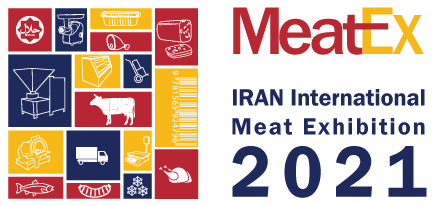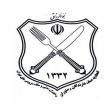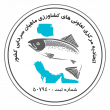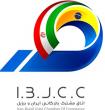FAO: Iran to Become Self-sufficient in Meat Production if Losses Reduced
Tehran, Aug 24, IRNA - Based on research conducted under the FAO sub-regional project “Capacity Building for Food Loss Reduction in the Near East”, every year in Iran at least 100,000 tons of red meat is lost in the supply chain, which if reduced would lead to the country’s self-sufficiency in red meat production.
According to a press release published by the FAO Representation in the Islamic Republic of Iran, roughly one-third of the edible parts of food produced for human consumption, gets lost or wasted globally, which is about 1.3 billion ton per year.
Studies commissioned by FAO estimated yearly global food loss and waste by quantity at roughly 30 percent of cereals, 40–50 percent of root crops, fruits and vegetables, 20 percent of oilseeds, meat and dairy products, and 35 percent of fish.
According to FAO estimates in 2015, the average per capita consumption of meat in the world was 41.3 kg, which is estimated to reach 45.3kg by 2030 as the world’s population grows.
Currently in Iran the average per capita consumption of meat is 35.5 comprising of 12.5 kg of red meat and 23kg of poultry meat.
According to statics released by the Ministry of Jihad-e Agriculture, Iran produces 950,000 tons of red meat and 1.75 million tons of poultry meat on an annual basis, which when taking into account the import of 100,000 tons of red and poultry meat each year, results in a total figure of 2.8 million tons of meat in the country.
Although the meat loss figures in Iran are relatively low, the country still loses 300,000 tons of meat in the form of waste.
In the Oriental Near East sub region alone, about 50 million metric tons (MT) of foods produced are lost every year (not accounting for losses in imported foods) between harvest and consumption. Total production of major grains, fruits, vegetables, dairy, meat and fish is about 191 million metric tons.
A large portion of these losses (27.8 million metric tons) could be recovered if losses could be reduced from an estimated 25% to a more reasonable 10%.
Although reducing loss and waste requires investments in capacity building and value chain development, the enormous quantity of recovered food production would require no additional land, water or other farm production inputs, thereby making a positive contribution towards conserving the natural resource base.
One-third of food produced for human consumption is lost or wasted globally, which amounts to about 1.3 billion tons per year.
Food is lost or wasted throughout the supply chain, from initial agricultural production down to final household consumption.






















